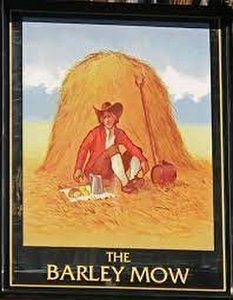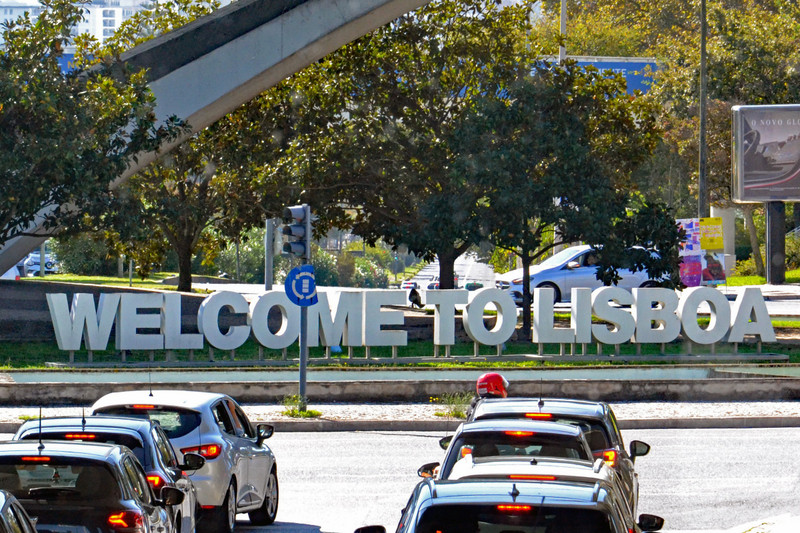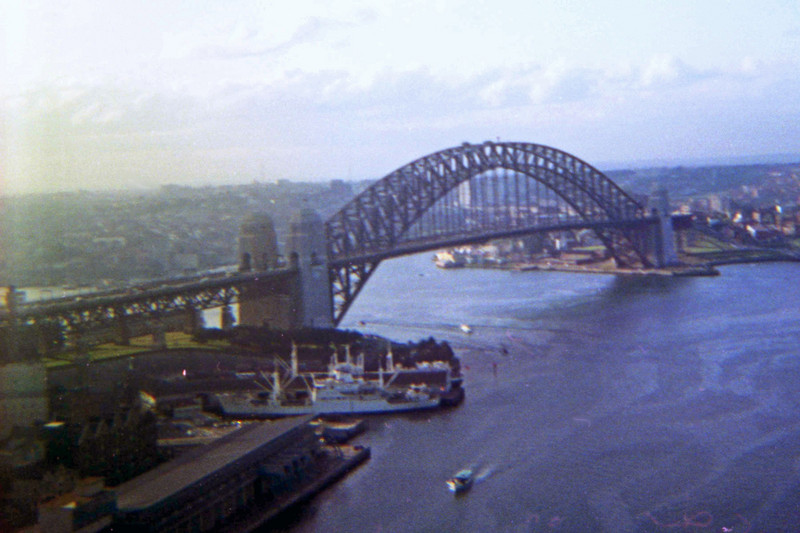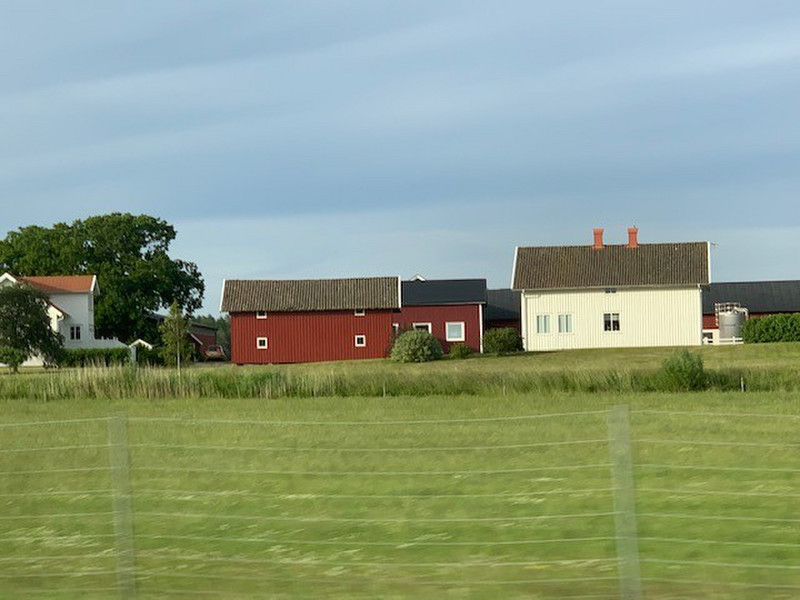Recently, to pass the time, I have been posting on Facebook photos of traditional English pub signs, by facts about the names.
I have always been fascinated by English pubs. While still at primary school, I used to wander round my native Reading writing down the names of pubs. Later, when CAMRA began, I learned to appreciate the taste of good beer and wandered round the country sampling real ales.
I love pub names with historical roots, reflecting the English countryside, English history and the agricultural past – ‘The Rising Sun, ‘The Rose and Crown, ‘The White Hart, The Plough. I detest jokey names such as The Slug and Lettuce, ‘Upin Arms, ‘The Strawberry Duck, ‘My Fathers Moustache.
Every day on Facebook I posted a short piece about one particular pub name and attached numerous pictures. Here are all my little pieces sewn into one long essay together with examples of the different signs. These pub names are my favourites.
During a time where most of the English population was illiterate, signs were used instead of names to advertise public houses. Many pubs chose to use something to do with beer, which is where names
There used to be a ‘Barley Mow pub on London Street in my native Reading. It was a Simonds – later Courage - tied house.
One of my very favourite pub names is ‘The Rising Sun - a simple name celebrating the rebirth of nature each morning.
I used to drink Brakspears bitter in ‘The Rising Sun on the Forbury Road in Reading, but this once glorious pub has long since gone.
Wheatsheafs used as pub signage in rural areas especially around There are over 200 pubs in England named ‘The Wheatsheaf.
A sheaf of wheat is a splendid pub name - symbolic of agriculture in times past. There used to be a ‘Wheatsheaf pub in Grazeley, near Reading, that served delectable Courage bitter from the barrel.
II, an Act was passed which made for pubs and inns to have a sign identifying them as official watering holes. Many adopted The White Hart as their sign as it was the personal badge of the King.
There are many English pubs called ‘The Turks Head. The one I know best is on the London Road in my native Reading.
The Saracens and the Turks were the primary enemies of the Crusaders, fighting a series of religious wars initiated by the Christian Church between 1100 and 1300.
Apparently, it was the ambition of anyone returning from the Crusades to bring home the head of an infidel or Turk. Anyone possessing such a gruesome relic was looked up to as a hero.
After I posted the above description of ‘The Turks Head in Reading, a woman wrote back, claiming that I wrong. She wrote:
People erroneously think this was linked to The Crusades, but the truth is that a ‘Turks Head is a naval knot and the pub was called this to represent the old Silver Street industry
‘The Royal Oak is the third most popular pub name in Britain (after The Red Lion and The Crown). There are approximately 467 pubs named The Royal Oak.
After the Battle of Worcester in 1651, where Oliver Cromwells Roundheads defeated the army of the future King Charles 11, Charles was pursued by the Roundheads. One day, at Boscobel House in Shropshire, he was forced to hide in a large oak tree along with another man, Major William Careless. The Roundheads passed underneath the tree but did not spot them. Later Charles escaped to France.
The story of Charless oak tree escapade became famous. After he returned to Britain as King on May 29th 1660, many pubs were renamed The Royal Oak in his honour. May 29th became known as ‘Oak Apple Day and was a public holiday until 1859.
It celebrates the end of the Wars of the Roses when Henry Tudors army killed Richard 111. Henry united the red rose of Lancaster with the white rose of York by
‘The Plough is the sixth most popular pub name in England; there are over 200. Particularly popular in agricultural areas, the name originally marked a pub close to where plough was kept.









